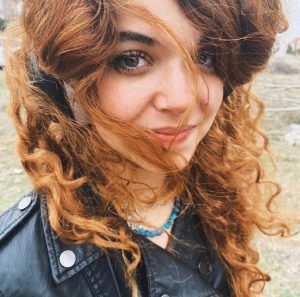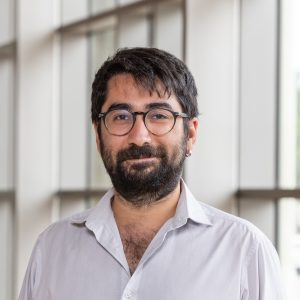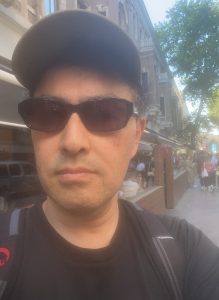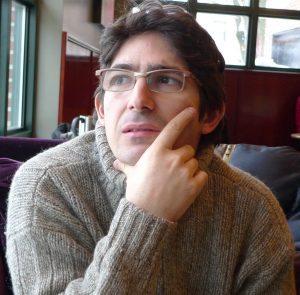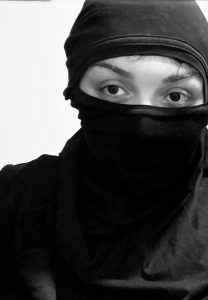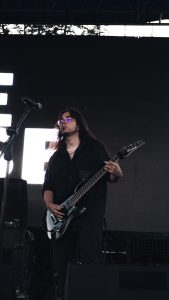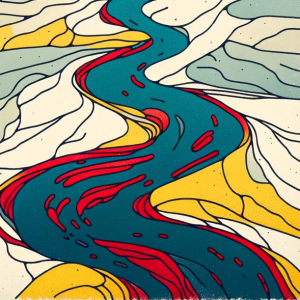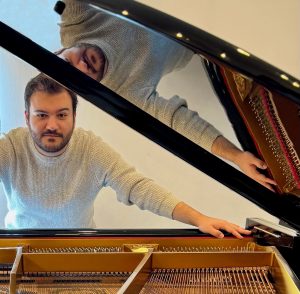18:00
SONIC SPHERES
A Collection of Immersive Audio Works
Ömer Ürensel | Midnight Waves (2024)
Can Erkan Arslan | Untitled (2024)
Öykü Sağlam | Sağır Duymaz Uydurur (2024)
Zeren İldoğan | Untitled (2024)
Doğa Tansel | Octagon (2024)
Emre Uğur | Echoes of the Nile (2024)
Adnan Şahin | 7.8 (2024)
Özkan Umutcan Bapbacı | Nyogtha (2023-24)


